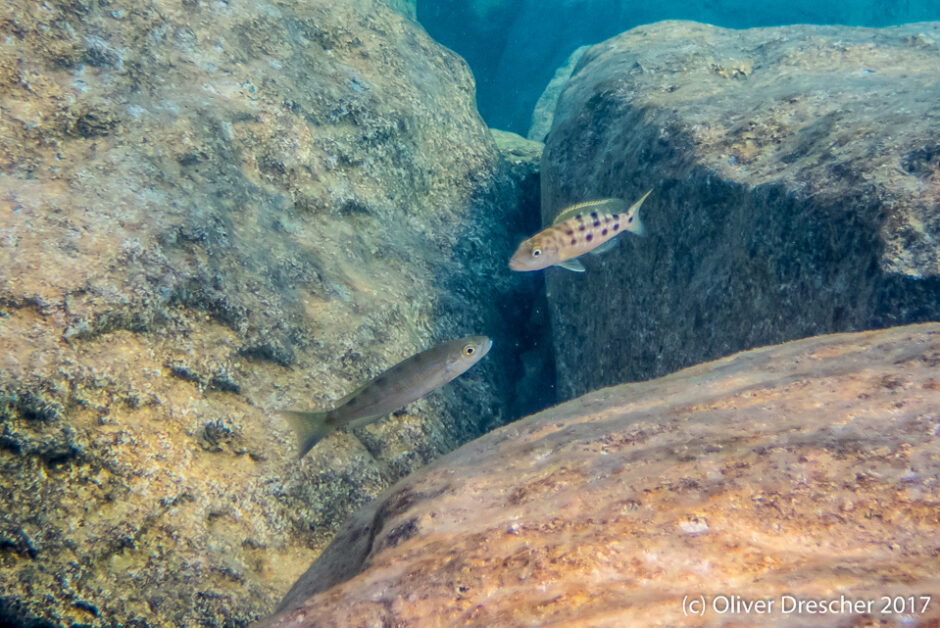Fish Can Be Right- Or Left-Handed
 Perissodus microlepis (Credit: Oliver Drescher, via iNaturalist CC BY-NA 4.0)
Perissodus microlepis (Credit: Oliver Drescher, via iNaturalist CC BY-NA 4.0)While it is easy to draw visual differences between humans and fish, humanity evolved from fishy ancestors, and some traits seem to have carried over. Fish communicate much like people do, though not in the same spoken language utilized by humans. Another example is traveling in groups for safety, a behavior still observed across the animal kingdom. Whether it be schooling fish or, as one study found, being left- or right-handed–similarities between species can be found everywhere.
Can Fish be Left- or Right-Handed?
Considering fish don’t exactly have hands, it’s fair to suppose that few people have thought about whether or not fish have a preference for the left or right. But thanks to research by scientists at Nagoya University, we now know that fish can be left- or right-leaning.
While the claim may seem far-fetched, the research backing it collected comprehensive data to support the theory. Perissodus microlepis, a type of cichlid fish, were taken from Lake Tanganyika to evaluate their suspicions.
Researchers observed the fish through their early development and watched as they began to develop a better idea of what side they were more powerful. For example, the fish were quick to learn which side of their mouth was more effective at attacking prey which involves ripping at the scales on the sides of other fish.
From that point, the scientists assessed the stomach contents of the scale-eating cichlids, ranging in age from early juveniles to adults. Examining the stomach contents of over 200 fish and the observations allowed the researchers to assess which side the scales had been pulled from. The analysis revealed the age at which the fish seem to transition from eating scales from both sides of the prey fish to preferentially attacking just one side.
The results of the study revealed that as the fish aged, scientists also found a gradual increase in mouth asymmetry skewed toward the fish’s preferred side. The asymmetry essentially helped make the fish more efficient at attacking others from the right or the left.
Conclusion
The researchers involved in the study believe that the results are significant because they were able to observe mouth direction development with age and the relationship between lateral behaviors and mouth asymmetry in the fish. These insights will allow them to analyze the behavior further and consider other fish that may demonstrate similar behaviors. Future research will focus on determining whether mouth asymmetry or scale eating develops first.
Regardless of the when, the asymmetrical development of the cichlid mouths clearly provides an advantage to the fish as they are more efficient predators. The scale assessment revealed that fish with more skewed mouths were able to eat more scales. Researchers believe this selection pressure is likely what drives young fish to adapt their feeding in accordance with the direction in which their mouth is skewed.
While the study is the first documented evidence through fieldwork on the development of such right- or left-handedness in fish, the scientists believe that mouth asymmetry comes before changes in behavior. When considered in combination with the jawbone measurements, researchers think that the lateral behaviors, at least in this type of cichlid fish, is a learned strategy that develops in association with morphology.
However, the team has yet to determine the genetic basis of this asymmetry, though there is a relationship between the PCSK6 gene and dominant hand use in humans. The gene regulates a system responsible for left-right asymmetry during embryonic development and is preserved in all vertebrates. The existence of the phenomenon across the animal kingdom suggests that it arose early in life’s evolutionary history and is likely advantageous.



0 comments